Key Takeaways
- Moss can seriously damage your roof. It traps moisture, weakens shingles and tiles, and can lead to structural issues like wood rot or insulation damage.
- Early removal is key. Moss is easier to remove when it's young. The longer it stays, the more damage it can do to your roof’s materials and structure.
- Avoid pressure washing. Though tempting, high-pressure water can do more harm than good. Stick to gentler methods or call in a pro.
- Prevention is better than cure. Keep your roof clean, trim overhanging trees, and ensure good sunlight and drainage to prevent moss from growing.
- DIY is possible — but safety matters. If you clean the roof yourself, use the right tools, wear protective gear, and never go up without someone else nearby.
- Professional cleaning varies in cost. Depending on your roof size and location, expect to pay $0.10–$0.75 per square foot for professional moss removal.
Nothing collects on a roof like moss growth. In shady areas especially, moss will grow on roofs because of moisture build-up, feeding off the bacteria in tiles and shingles after rainfall. While it may look innocuous, moss can be very bad for roof shingles and tiles, and removing it is generally good practice.
Why Does Moss Grow On Roofs?
Moss grows because it has specific needs that certain environments provide. It requires moisture, shade, and low light to thrive. Unlike most plants, moss doesn't have roots, so it absorbs water directly from the air. It grows in areas where the moisture level is high and sunlight is limited, which makes it ideal for places like shaded roofs, gutters, or forest floors.
Why is Moss Bad for Shingles and Tiles?
Moss might look harmless, but it’s one of the worst things to let grow on a roof. Moss retains moisture like a sponge; when it grows between or under shingles, it lifts them up and weakens their seal. This lets rainwater get underneath, which can cause:
- Wood rot in the sheathing or rafters.
- Mold growth in your attic or insulation.
- Damage to underlayment like roofing felt or synthetic membranes.
- Ice dams in winter, as water trapped by moss can freeze and expand.
Over time, your roof’s lifespan can be significantly reduced, and costly repairs or services such as mold removal may be needed. Moss can also degrade clay, concrete, and asphalt materials, especially if left untreated for years.
How To Remove Moss From a Roof?
There are three common options for roof moss removal:
Manual Removal: Use a stiff-bristle brush, trowel, or plastic scraper to gently remove moss from shingles. Never use wire brushes or metal tools—they can scratch or break the material. Always work from the top down to avoid lifting shingles.
Hose Spray: A medium-pressure garden hose can rinse away loose moss, especially if it's young. Never use high-pressure washers—they can dislodge granules or break tiles.
Chemical Treatments: After removing the moss, apply a roof-safe moss killer (containing zinc sulfate or potassium salts). This helps kill any remaining spores and prevents regrowth. Follow the manufacturer’s directions and avoid over-saturating the roof.
Don’t forget to clean your gutters afterward, as moss clumps often break off and clog them.
Can You Spray Down Moss?
Yes, but gently. A garden hose on medium pressure is fine for rinsing off loose moss. However, here’s what to avoid:
- Never use a pressure washer. High-pressure water can strip shingles of their protective coating, crack clay tiles, or tear off flashing.
- Avoid harsh household chemicals like bleach unless diluted. A 50/50 bleach and water solution can be effective, but run-off can damage plants and corrode metal flashing.
Instead, look for products made for roofs, labeled as non-corrosive and plant-safe. They’ll help kill moss roots and spores without damaging your home or landscaping.

How To Prevent Moss on A New Roof?
Prevention starts with sunlight and cleanliness. Moss thrives in damp, dark areas, so here’s what you can do:
- Trim nearby trees to let more sunlight reach your roof and reduce the number of leaves and twigs that collect there.
- Install zinc or copper strips near the roof ridge. Rainwater will carry trace metals down the roof, creating an environment in which moss can’t grow.
- Clean your gutters and roof regularly, especially after storms or in the fall. Debris holds moisture and encourages moss growth.
- Check for drainage issues — water pooling on the roof encourages moss to form in puddles or dips.
Routine inspections (twice a year) will help you spot early signs of moss before it spreads.
What To Do If Moss Grows Back?
Moss is persistent, and even after a full removal, it can grow back if conditions are still favorable. If you see it return:
- Act quickly before it becomes widespread.
- Reapply a roof-safe moss killer —many treatments recommend applying twice a year for full prevention.
- Re-check surrounding areas for overhanging trees or clogged gutters, as moss may return due to shade and poor drainage.
- If it keeps coming back, consider installing zinc/copper strips, or upgrading your roof material to a more moss-resistant option like metal or composite.
How Much Does Roof Moss Removal Cost?
Your cost depends on whether you DIY or hire a pro:
DIY cost:
- Moss killer: $15–$40 per bottle
- Safety gear (optional but recommended): $50–$150
- Tools (brushes, scraper, hose): $20–$60
Professional removal:
- $0.10 to $0.75 per square foot, depending on your roof’s slope, accessibility, and how thick the moss is.
- An average 2,000 sq ft roof could cost $200–$1,500, depending on complexity.
Ask for quotes from licensed professionals. Some offer warranties or regular maintenance plans, which can save you money over time.
How to Remove Roof Moss Safely?
Going on the roof can be dangerous, so if you’re set on doing it yourself, make sure someone else is present and take special care with your ladder and positioning. Similarly, if you’re going up on the roof, it’s important to wear a good pair of knee protector pads. Otherwise, you risk straining your joints and picking up scrapes.
Always:
- Use a sturdy ladder with someone holding it.
- Wear non-slip shoes and knee pads.
- Never work alone — if you fall, you’ll need help.
- Consider using a roof harness system for steep roofs.
If it feels unsafe, hire a professional. Roof accidents can be severe, and moss removal isn't worth risking injury.
Conclusion
Moss might seem like a small problem, but it can cause big damage if left alone. Keeping your roof clean, dry, and clear of shade is the best way to stop moss before it starts. Whether you DIY or hire a pro, regular maintenance goes a long way toward protecting your home and saving money in the long run.
FAQ
How does moss damage a roof?
Moss traps moisture against your shingles, causing them to rot, lift, or crack. Over time, this leads to leaks, wood rot, and can shorten your roof’s lifespan.
What kills moss on roofs?
Products with zinc sulfate, potassium salts of fatty acids, or a homemade bleach solution will kill moss. Look for roof-safe moss removers to avoid harming your shingles or landscaping.
Is it bad to leave moss on the roof?
Yes. Leaving moss unchecked can lead to serious water damage and decay. It can also void some roofing warranties and make repairs more costly later.
How do I get rid of moss buildup on my roof?
Use a 50/50 mix of water and bleach or a moss killer specifically made for roofs. Apply gently with a sprayer, then rinse. Avoid pressure washing, as it can damage shingles.
Does moss damage roofing felt?
Yes. If moss is left too long, it can penetrate and degrade roofing felt, especially if moisture seeps past damaged shingles.
Should I remove moss-covered shingles before installing a new roof?
Absolutely. All moss, debris, and damaged shingles must be removed before a new roof is installed to ensure proper adhesion and avoid trapped moisture.
Should I remove dead moss?
Yes. Dead moss still holds moisture and can clog gutters. Gently brush it off once it’s dry, being careful not to damage the shingles.






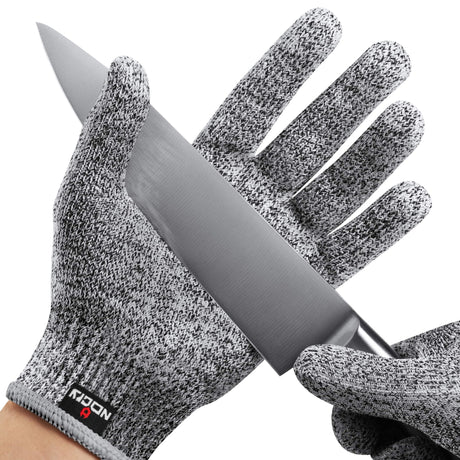


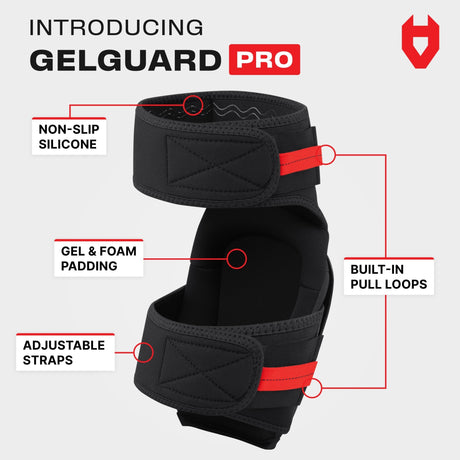
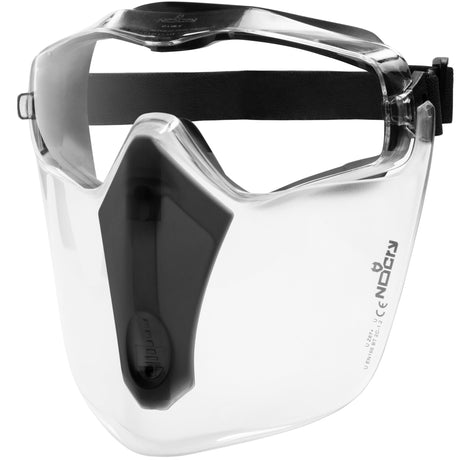
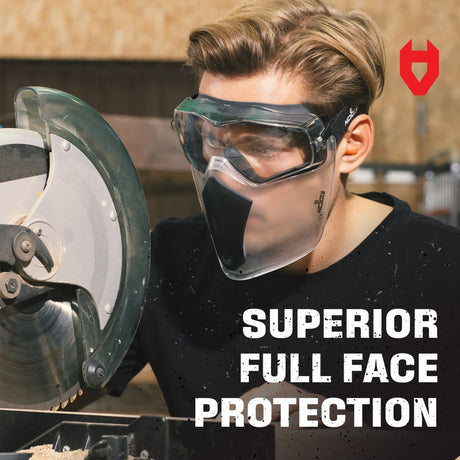
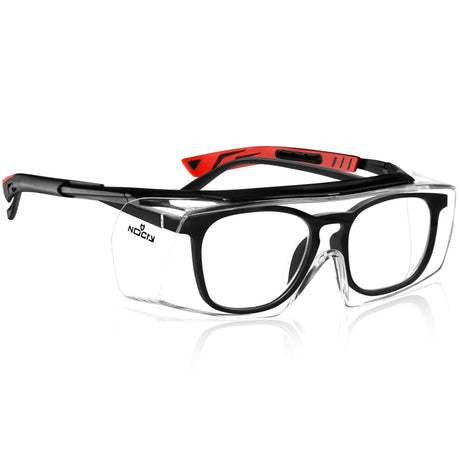



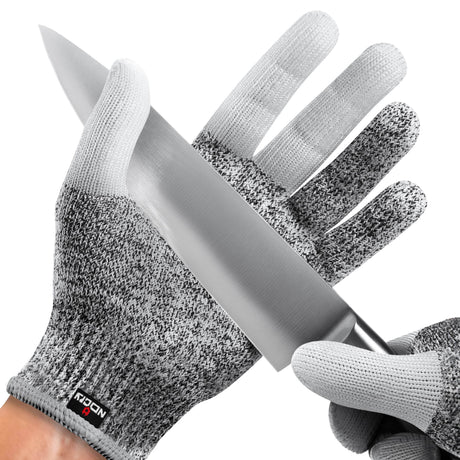
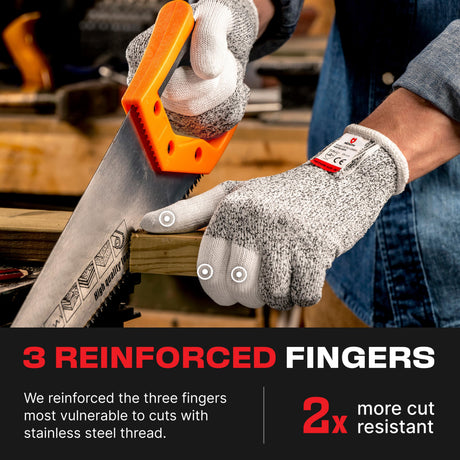
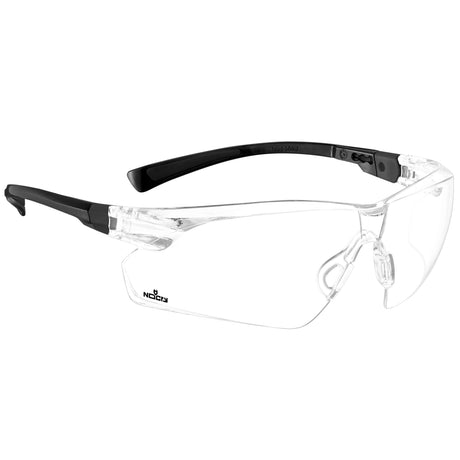



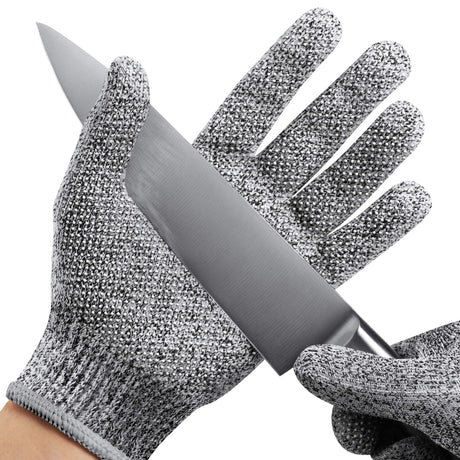




1 comment
Great guide! Roof Moss Removal 101 covers all the essentials—killing moss safely, clearing it without damage, and using prevention methods to keep it from coming back. Perfect for protecting your roof long-term!